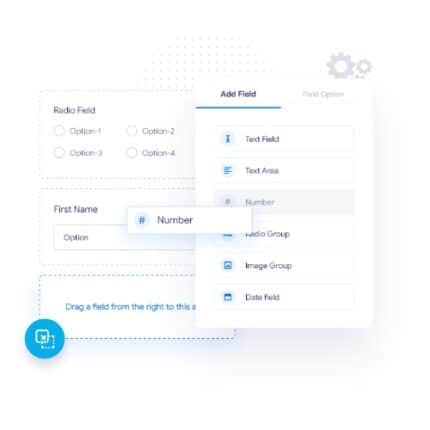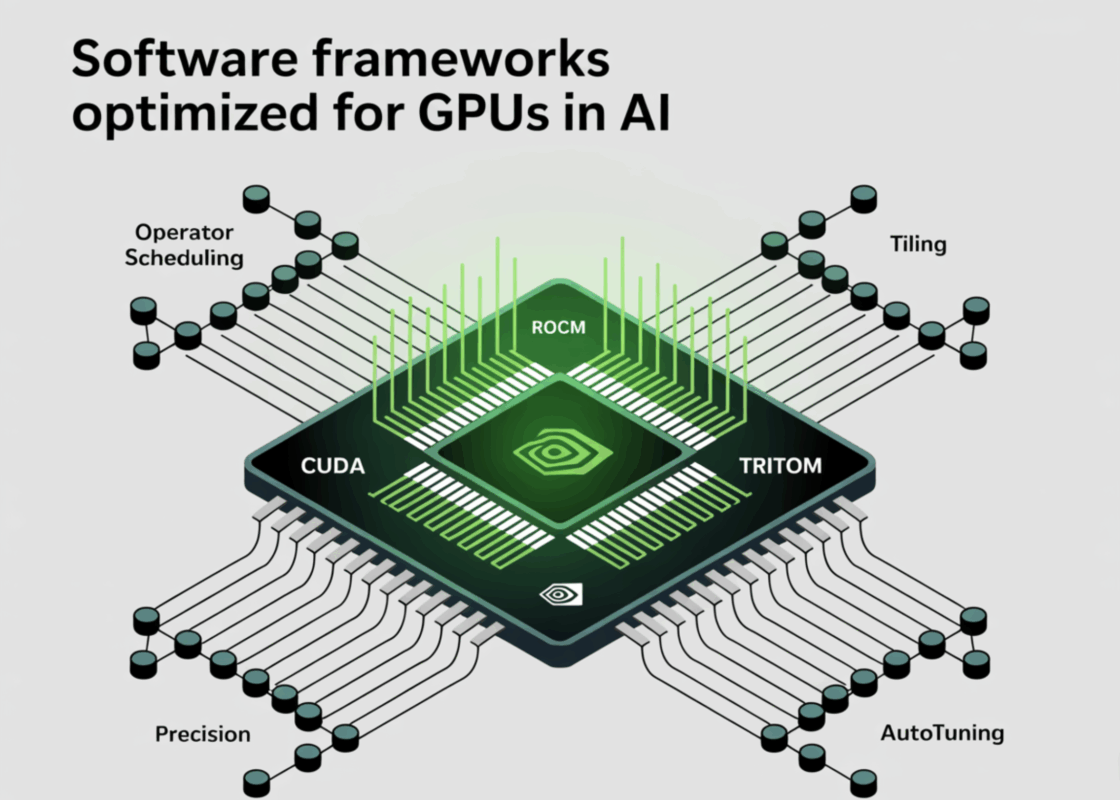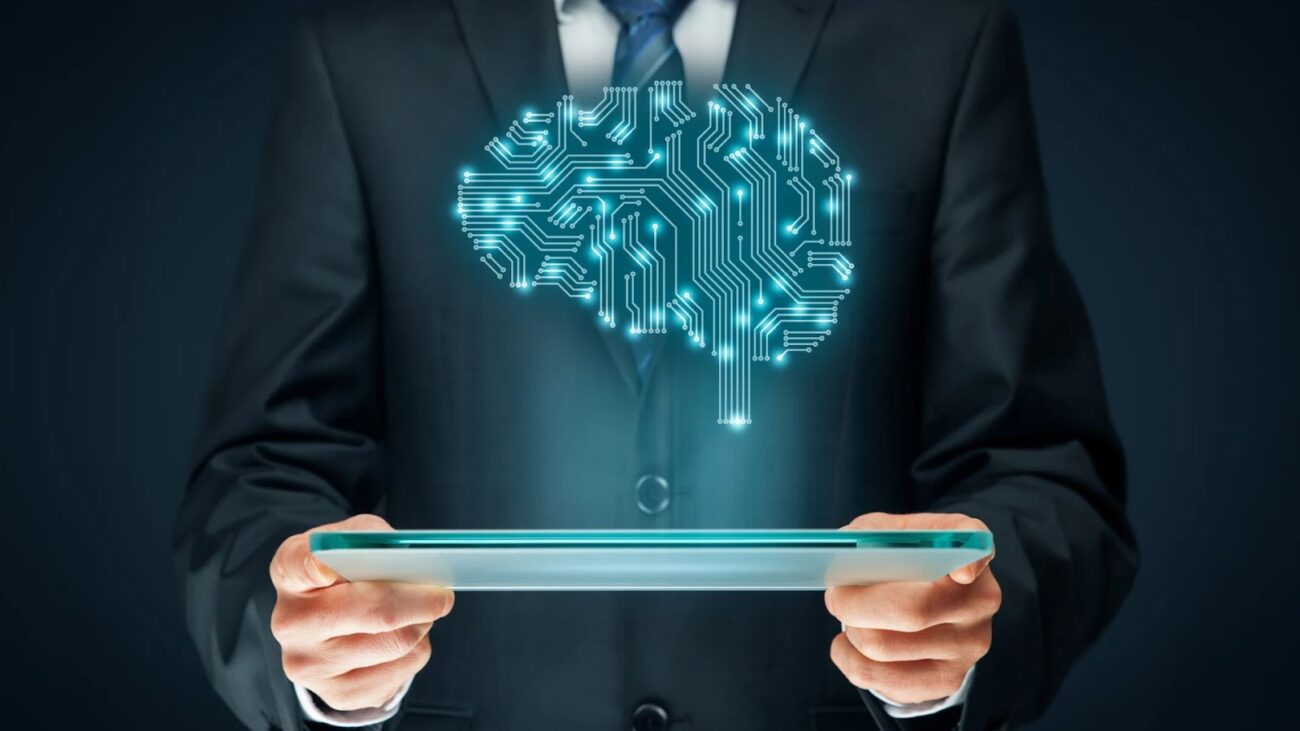Blog
Understanding Semantic Entity Resolution
In the rapidly evolving landscape of data management, semantic entity resolution has emerged as a critical component. This process involves accurately identifying and linking entities across different datasets, ensuring coherence and reliability in analytics and decision-making. As organizations harness the power of data, the need for effective entity resolution solutions grows more pressing.
What is Semantic Entity Resolution?
At its core, semantic entity resolution refers to the process of determining whether two references within datasets refer to the same entity. This can be particularly challenging when dealing with heterogeneous data sources that may have different formats, terminologies, or levels of granularity.
The Significance of Semantic Understanding
Semantic resolution goes beyond traditional methods of data matching by focusing on the meaning behind the data. By incorporating knowledge about the relationships and characteristics of entities, these systems can improve accuracy and reduce false positives.
The Importance of Entity Resolution in Data Analytics
Effective entity resolution plays a pivotal role in various fields, including marketing analytics, healthcare, and fraud detection. In marketing, for instance, correctly identifying customer profiles leads to targeted campaigns and enhanced customer satisfaction. In healthcare, linking patient records can improve care coordination and patient outcomes, while in fraud detection, accurate entity resolution helps in identifying patterns and anomalies.
Key Components of Semantic Entity Resolution
1. Data Preprocessing
The first step in semantic entity resolution is data preprocessing. This involves cleaning and standardizing the data to make it suitable for analysis. Techniques such as deduplication, normalization, and standardization of formats must be applied.
2. Feature Extraction
Next, relevant features must be extracted to facilitate the identification of entities. Features can include attributes like names, dates, locations, and more. By leveraging natural language processing (NLP), systems can analyze text data for better context understanding.
3. Similarity Measures
Using appropriate similarity measures is crucial for effective entity resolution. Common techniques include cosine similarity, Jaccard similarity, and edit distance. These measures help in assessing how closely two entities resemble each other based on their attributes.
4. Machine Learning Algorithms
Advanced machine learning algorithms are increasingly used to enhance entity resolution processes. Supervised learning can provide significant improvements by training models on labeled datasets, while unsupervised learning can help discover patterns in unlabeled data.
Advanced Techniques in Semantic Entity Resolution
1. Knowledge Graphs
Knowledge graphs play an essential role in semantic entity resolution. They offer a structured representation of entities and their interrelations, which helps in enhancing context and accuracy. By utilizing these graphs, organizations can connect disparate data points seamlessly.
2. Natural Language Processing (NLP)
NLP enables machines to understand human language, significantly enhancing entity resolution. Techniques such as sentiment analysis and named entity recognition contribute to improved identification and linking of entities, especially in unstructured data.
Challenges in Semantic Entity Resolution
Despite its advantages, semantic entity resolution faces several challenges:
1. Heterogeneity of Data Sources
Data often comes from multiple sources with different structures, which can complicate the matching process. Resolving inconsistencies in formats and terminologies is essential but can be labor-intensive.
2. Ambiguity and Variability
Entities may be referred to in various ways, leading to ambiguity. Variations in naming conventions, typographical errors, and synonyms all contribute to challenges in identification.
3. Scalability
As organizations accumulate larger volumes of data, scaling entity resolution processes becomes increasingly complex. Solutions must be efficient enough to handle large datasets without compromising accuracy.
The Future of Semantic Entity Resolution
The future of semantic entity resolution looks promising with advancements in technology. As artificial intelligence (AI) and machine learning continue to evolve, we can expect more sophisticated and automated solutions that will enhance accuracy and efficiency.
1. Increasing Automation
Automation in entity resolution helps reduce human intervention, leading to faster processing times and minimizing errors. Future tools are likely to incorporate more AI-driven features that use real-time learning to improve performance.
2. Enhanced Interoperability
With a growing emphasis on data integration, future systems will likely prioritize interoperability. This shift will foster collaboration among different platforms and enhance the quality of insights derived from the data.
Conclusion
In an age where data is becoming increasingly integral to business success, semantic entity resolution represents a crucial frontier in data management. By accurately linking entities across datasets, organizations can unlock the full potential of their data, enabling better decision-making and driving innovation. Embracing advanced techniques and addressing existing challenges will be vital for enterprises aiming to excel in this data-driven world. As technology evolves, staying informed about the developments in semantic entity resolution is essential for leveraging data effectively and gaining a competitive edge.
Elementor Pro
In stock
PixelYourSite Pro
In stock
Rank Math Pro
In stock
Related posts
Ai 🤖 boom #sad #stockma#promts #oldies #gpt3 #wordpress #plugins #development
Software Frameworks Optimized for GPUs in AI: CUDA, ROCm, Triton, TensorRT—Compiler Paths and Performance Implications
WordPress Tutorial for Beginners 2025 | WordPress Full Course In Hindi
STOP Wasting Money On AI Coding Tools Like Lovable.dev
30-Minute Exercise Suppresses Breast Cancer Growth by 30%, Study Shows
WordPress Setup to Automate Your WordPress Blog with N8N & AI
Top 10 Applications of Artificial Intelligence for Enterprises in 2025
The Rise of Semantic Entity Resolution
WordPress Ecommerce Website Tutorial in Tamil | Free Theme and Plugins | #wordpress #tamilecommerce
Criando Micro-SaaS no WordPress com Claude.ai | Introdução
Top Uses and Benefits of AI in Healthcare Industry
Best WordPress Theme for Digital Marketing Agency | 3x ज्यादा Clients आने लगे!
Products
-
 Rayzi : Live streaming, PK Battel, Multi Live, Voice Chat Room, Beauty Filter with Admin Panel
Rayzi : Live streaming, PK Battel, Multi Live, Voice Chat Room, Beauty Filter with Admin Panel
$98.40Original price was: $98.40.$34.44Current price is: $34.44.In stock
-
 Team Showcase – WordPress Plugin
Team Showcase – WordPress Plugin
$53.71Original price was: $53.71.$4.02Current price is: $4.02.In stock
-
 ChatBot for WooCommerce – Retargeting, Exit Intent, Abandoned Cart, Facebook Live Chat – WoowBot
ChatBot for WooCommerce – Retargeting, Exit Intent, Abandoned Cart, Facebook Live Chat – WoowBot
$53.71Original price was: $53.71.$4.02Current price is: $4.02.In stock
-
 FOX – Currency Switcher Professional for WooCommerce
FOX – Currency Switcher Professional for WooCommerce
$41.00Original price was: $41.00.$4.02Current price is: $4.02.In stock
-
 WooCommerce Attach Me!
WooCommerce Attach Me!
$41.00Original price was: $41.00.$4.02Current price is: $4.02.In stock
-
 Magic Post Thumbnail Pro
Magic Post Thumbnail Pro
$53.71Original price was: $53.71.$3.69Current price is: $3.69.In stock
-
 Bus Ticket Booking with Seat Reservation PRO
Bus Ticket Booking with Seat Reservation PRO
$53.71Original price was: $53.71.$4.02Current price is: $4.02.In stock
-
 GiveWP + Addons
GiveWP + Addons
$53.71Original price was: $53.71.$3.85Current price is: $3.85.In stock
-
 ACF Views Pro
ACF Views Pro
$62.73Original price was: $62.73.$3.94Current price is: $3.94.In stock
-
 Kadence Theme Pro
Kadence Theme Pro
$53.71Original price was: $53.71.$3.69Current price is: $3.69.In stock
-
 LoginPress Pro
LoginPress Pro
$53.71Original price was: $53.71.$4.02Current price is: $4.02.In stock
-
 Checkout Field Editor and Manager for WooCommerce Pro
Checkout Field Editor and Manager for WooCommerce Pro
$53.71Original price was: $53.71.$3.94Current price is: $3.94.In stock
-
 Social Auto Poster
Social Auto Poster
$53.71Original price was: $53.71.$3.94Current price is: $3.94.In stock
-
 Vitepos Pro
Vitepos Pro
$53.71Original price was: $53.71.$12.30Current price is: $12.30.In stock
-
 Digits : WordPress Mobile Number Signup and Login
Digits : WordPress Mobile Number Signup and Login
$53.71Original price was: $53.71.$3.94Current price is: $3.94.In stock
-
 BookingPress Pro – Appointment Booking plugin
BookingPress Pro – Appointment Booking plugin
$53.71Original price was: $53.71.$3.94Current price is: $3.94.In stock
-
 Polylang Pro
Polylang Pro
$53.71Original price was: $53.71.$3.94Current price is: $3.94.In stock
-
 All-in-One WP Migration Unlimited Extension
All-in-One WP Migration Unlimited Extension
$53.71Original price was: $53.71.$3.94Current price is: $3.94.In stock
-
 Slider Revolution Responsive WordPress Plugin
Slider Revolution Responsive WordPress Plugin
$53.71Original price was: $53.71.$4.51Current price is: $4.51.In stock
-
 Advanced Custom Fields (ACF) Pro
Advanced Custom Fields (ACF) Pro
$53.71Original price was: $53.71.$3.94Current price is: $3.94.In stock
-
 Gillion | Multi-Concept Blog/Magazine & Shop WordPress AMP Theme
Rated 4.60 out of 5
Gillion | Multi-Concept Blog/Magazine & Shop WordPress AMP Theme
Rated 4.60 out of 5$53.71Original price was: $53.71.$5.00Current price is: $5.00.In stock
-
 Eidmart | Digital Marketplace WordPress Theme
Rated 4.70 out of 5
Eidmart | Digital Marketplace WordPress Theme
Rated 4.70 out of 5$53.71Original price was: $53.71.$5.00Current price is: $5.00.In stock
-
 Phox - Hosting WordPress & WHMCS Theme
Rated 4.89 out of 5
Phox - Hosting WordPress & WHMCS Theme
Rated 4.89 out of 5$53.71Original price was: $53.71.$5.17Current price is: $5.17.In stock
-
 Cuinare - Multivendor Restaurant WordPress Theme
Rated 4.14 out of 5
Cuinare - Multivendor Restaurant WordPress Theme
Rated 4.14 out of 5$53.71Original price was: $53.71.$5.17Current price is: $5.17.In stock
-
 Eikra - Education WordPress Theme
Rated 4.60 out of 5
Eikra - Education WordPress Theme
Rated 4.60 out of 5$62.73Original price was: $62.73.$5.08Current price is: $5.08.In stock
-
 Tripgo - Tour Booking WordPress Theme
Rated 5.00 out of 5
Tripgo - Tour Booking WordPress Theme
Rated 5.00 out of 5$53.71Original price was: $53.71.$4.76Current price is: $4.76.In stock
-
 Subhan - Personal Portfolio/CV WordPress Theme
Rated 4.89 out of 5
Subhan - Personal Portfolio/CV WordPress Theme
Rated 4.89 out of 5$53.71Original price was: $53.71.$4.76Current price is: $4.76.In stock
-
 Bloxic - Furniture Store WooCommerce Theme
Rated 4.83 out of 5
Bloxic - Furniture Store WooCommerce Theme
Rated 4.83 out of 5$53.71Original price was: $53.71.$4.76Current price is: $4.76.In stock
-
 Travel Tour - Travel Booking WordPress
Rated 4.50 out of 5
Travel Tour - Travel Booking WordPress
Rated 4.50 out of 5$53.71Original price was: $53.71.$4.51Current price is: $4.51.In stock
-
 Eduma – Education WordPress Theme
Rated 4.33 out of 5
Eduma – Education WordPress Theme
Rated 4.33 out of 5$53.71Original price was: $53.71.$4.51Current price is: $4.51.In stock


















